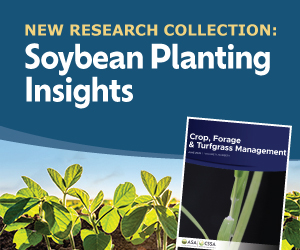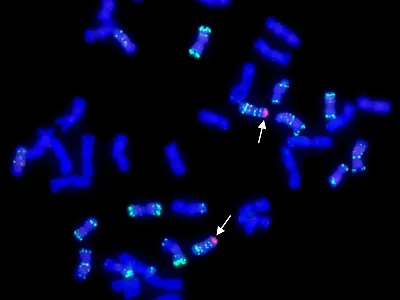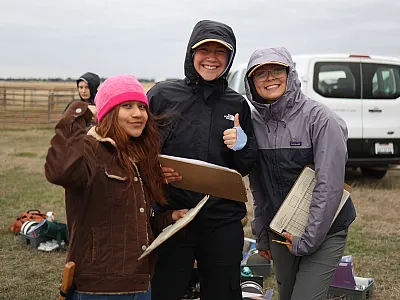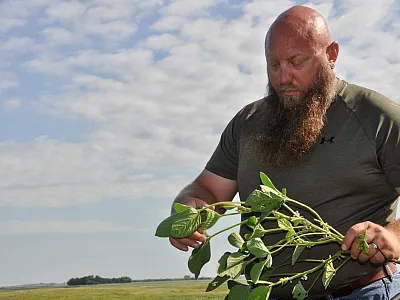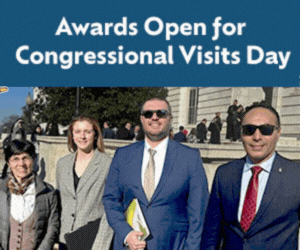ASA: A Strong, Stable, and United Voice for the Profession of Agronomy
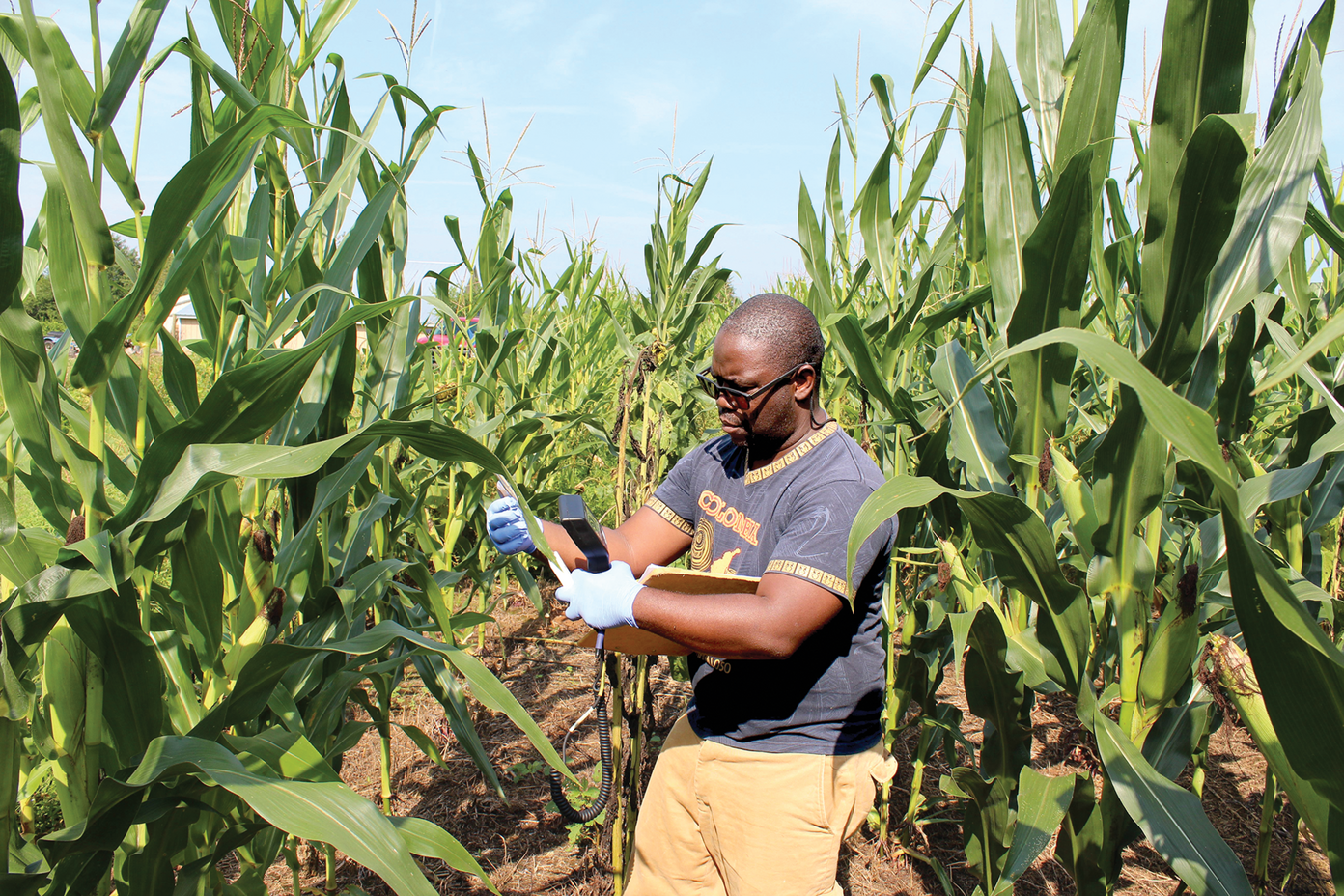
Greetings! We are nearing the solstice, which makes days shorter and colder if you are in the Northern Hemisphere or longer and hotter for those of you in the Global South! Wherever you may be at this time of year, I hope you are fine and that everything is going great.
Throughout 2023, I and your ASA Board of Directors, along with our superb headquarters staff, have been working on the strategic plan to guide us for the next five years. You’ve already gotten a sneak peek during the Tri‐Society Meeting in St. Louis, at the end of October. The strategic plan goes operational in December and will be implemented by January 2024. You may be wondering why we are doing strategic planning and why it matters.
Strategic planning helps an organization as big and diverse as ASA to articulate what direction its compass is pointing, so we can chart a path forward. We are facing tangible challenges in agronomy due to global climate change and market volatility, which affect the yields, production costs, and return on investment of our commodity and specialty crops. Simultaneously, we are dealing with generative artificial intelligence (AI), a huge disruptor that is changing literally everything: how we farm, how agronomic products move along the value chain from the farm to the fork, and how we communicate, share knowledge, and make decisions.

Personally, I don’t know whether to love or hate generative AI. It is beneficial to many people. We see this in Africa where autonomous drones fly 24/7 to deliver life‐saving plasma, vaccines, and health‐care solutions to remote communities with unmatched speed and virtually no carbon emissions. Agronomic solutions powered by AI—from sensors, satellites, robots, and the internet of things (IoT)—are being adopted rapidly at a global scale. For the hundreds of millions of smallholder farmers worldwide who lack easy access to roads, electricity, and markets, AI will be a game changer.
On the other hand, AI chatbots that offer students and researchers a quick shortcut for their reading and writing tasks seem less than loveable to me. Today, AI chatbots produce outdated and often scandalously inaccurate writing, but this will change quickly. Open access science is a fait accompli, and as soon as the AI chatbots access the information that is currently behind firewalls, the scientific writing enterprise will change forever. Who isn’t tempted to let the AI tool produce a text in minutes, rather than struggle for hours, days, weeks, and months to write a scientific article? Even though we all know that AI chatbots do not have any reasoning, logic, or decision‐making capabilities, the massive language training models permit them to discern patterns that mimics human conversation and produce an adequate facsimile of human writing.
The Copenhagen Institute for Futures Studies estimates that 99 to 99.9% of the internet’s content will be generated by AI by 2025 to 2030. I am not referring only to text assembled by the language bots. Artificial intelligence can draw pictures and animate realistic and imaginary objects. The metaverse is filled with AI‐generated music, art, poetry, fashion, architectural design, and literature. Folks, it is coming that fast.
Four Shared Goals for the Future
In this tumultuous world, ASA stands for a strong, stable, and united voice for the profession of agronomy. I took away from the strategic‐planning process these four shared goals:
- ASA exists to advance the science and the practice of agronomy.
- Through its many education and outreach programs, including the science‐based practical knowledge delivered by our Certified Crop Advisers (CCAs), ASA distributes knowledge, leading to a greater awareness and acknowledgement of the importance of agronomy.
- ASA advocates for agronomy, most notably through its science policy programs, and thus informs decisions take by governments and regulators.
- ASA collaborates internationally.
Number 4 is particularly meaningful to me as the first ASA president who is not a citizen, resident, or working in the United States. To be elected as your president reflects the ASA’s deep commitment to equity, diversity, and inclusion. Thank you, so much, for your trust to serve in this honorable role.
Collaborating Internationally, Supporting Young Scientists and CCAs
How else does ASA collaborate internationally? ASA includes thousands of international members. In partnership with the Agronomic Science Foundation, ASA makes it easy for international agronomic scientists from developing countries to be members by removing the financial barrier to their membership. ASA continually delivers many webinars, workshops, events, publications, and training programs that are of high interest and well subscribed to by its international members. I am also delighted to announce that ASA signed an agreement to launch the program “Agronomists Without Borders” in October. You may remember that I gave you a early glimpse into this program in the June issue of the CSA News magazine (https://doi.org/10.1002/csan.21041).
The strategic plan gives ASA a mechanism to allocate resources and budget for activities that are valued by our members, particularly our students and early career researchers. I especially endorse ASA’s strong commitment to support the professional development and career advancement of young scientists, helping our younger members to gain the confidence and skills to become science leaders. Equally, I am very pleased that our strategic plan includes and recognizes the CCAs, whose activities as “boots on the ground” help ASA to span the knowledge chain between agronomic theory, applied research, and the practice of agronomy.
In closing, my sincere congratulations to our outgoing Past President David Clay and warm welcome to President‐Elect Kristen Veum who is taking over the helm, supported by our Incoming President‐Elect Peter Kyveryga. Your ASA Board of Directors remains strong as the seats of retiring members (Raj Khosla, Wade Thomason, Amy Asmus, Harpreet Kaur, and Sam Miller) are filled by the incoming members (Tabare Abadie, Picasso Valentin, Andy Knepp, and Taqdeer Gill). Your ASA Board of Directors, as well as your section leaders and community leaders, are there to serve you. Please send them your ideas, stories, comments, questions, and concerns about ASA.
The efforts that I and other elected members of ASA’s committees and boards make are supported by an exemplary headquarters staff, who are incredibly supportive and kind. A special thank you to Matt Nilsson, Senior Publications Program Manager, who is responsible for publishing CSA News magazine, among other duties. Matt has patiently accommodated my regular request of “more time please!” to submit my monthly ASA President’s Message, always leaving me space in the magazine to share thoughts with the ASA members.
Thank you again everyone—what an honor and what a year it has been! I sincerely wish you and your loved ones good health, happiness, and peace throughout the holiday season and for the coming new year!
Text © . The authors. CC BY-NC-ND 4.0. Except where otherwise noted, images are subject to copyright. Any reuse without express permission from the copyright owner is prohibited.




